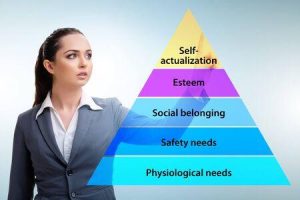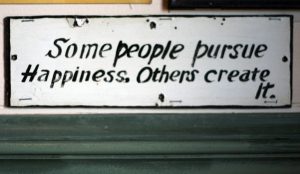Type and Conflict
Conflict describes many different types of interactions. These challenges occur every day in our personal and professional lives. Since you can’t escape them, learning how to handle conflict is critical.
Recent research by Damian Killen and Danica Murphy have revealed that the last two preferences (Thinking or Feeling; Judging or Perceiving) of the Myers-Briggs Psychological Type Theory have significant bearing on people’s focus and response to conflict.









